Or, Peace .
A7LBthe spacesuit worn by Apollo astronauts
AFBAir Force Base
AGCApollo Guidance Computer
AGSAbort Guidance System
ALMAugmented Lunar Module
APSAscent Propulsion System
CDRCommander
CMPCommand Module Pilot
CSICoelliptic Sequence Initiation
CSMCommand/Service Module
DEWDistant Early Warning
DPSDescent Propulsion System
DSKYDisplay and Keyboard for the AGC and LGC
EOIEarth Orbit Insertion
EVAExtra Vehicular Activity
LCGLiquid Cooling Garment
LEOLow Earth Orbit
LEVALunar Excursion Visor Assembly
LGCLunar Module Guidance Computer
LMLunar Module
LMPLunar Module Pilot
LOSLoss Of Signal
LPDLanding Point Designator
LRVLunar Roving Vehicle
MOLManned Orbiting Laboratory
NORADNorth American Aerospace Defence Command
PLSSPersonal Life Support System
PNGSPrimary Navigation and Guidance Section
RCSReaction Control System
SACStrategic Air Command
SAGESemi Automatic Ground Environment
SALTStrategic Arms Limitation Talks
SPSService Propulsion System
SRWStrategic Reconnaissance Wing
SSTSupersonic Transport
TACTactical Air Command
TEITrans Earth Injection
TigTime to ignition
TLITrans Lunar Injection
USAFUnited States Air Force
USAFEUnited States Air Force in Europe
USMCUnited States Marine Corps
USNUnited States Navy
VHFVery High Frequency
XOExecutive officer
Apollo 1Intended to be the first manned Apollo mission, it never left the launch-pad after a fire in the Command Module during a plugs-out test resulted in the deaths of all three crew. Crew: Virgil ‘Gus’ Grissom (CDR), Edward H White (senior pilot) and Roger Chaffee (pilot).
Apollo 4 to 6These three launches were unmanned tests of the hardware: the Saturn V launch vehicle, Lunar Module and Command Module.
Apollo 7This was the first manned Apollo mission, although it used a Saturn IB as a launch vehicle rather than the Saturn V needed for the lunar missions. The crew spent eleven days in LEO. Crew: Walter M Schirra (CDR), Walter Cunningham (LMP) and Donn Eisele (CMP). Command Module no callsign (CM-101). Launched 11 October 1968.
Apollo 8Rumours of a possible Soviet attempt to send a cosmonaut round the Moon, and the delay of a Lunar Module for testing in LEO, prompted NASA to re-task Apollo 8 to orbit the Moon. This made its crew the first human beings to leave Earth orbit. Crew: Frank Borman (CDR), William Anders (LMP) and James Lovell (CMP). Command Module no callsign (CM-103). Launched 21 December 1968.
Apollo 9The first Apollo mission with a Lunar Module, and so tasked with testing rendezvous and docking procedures between the two spacecraft in LEO. Crew: James McDivitt (CDR), Russell ‘Rusty’ Schweickart (LMP) and David Scott (CMP). Callsigns: Command Module Gumdrop (CM-104), Lunar Module Spider (LM-3). Launched 3 March 1969.
Apollo 10A “dry run” mission for the first lunar landing, Apollo 10 flew to the Moon and its Lunar Module descended to within ten miles of the lunar surface but did not land. Crew: Thomas P Stafford (CDR), Eugene Cernan (LMP) and John Young (CMP). Callsigns: Command Module Charlie Brown (CM-106), Lunar Module Snoopy (LM-4). Launched 18 May 1969.
Apollo 11The third lunar mission and the first to land on the Moon, at Mare Tranquillitatis. Crew: Neil A Armstrong (CDR), Edwin E ‘Buzz’ Aldrin (LMP) and Michael Collins (CMP). Callsigns: Command Module Columbia (CM-107), Lunar Module Eagle (LM-5). Launched 16 July 1969, landed on Moon 20 July 1969. Duration on lunar surface 21h 36m 40s.
Apollo 12The second lunar mission to land on the Moon, at Oceanus Procellarum. Crew: Charles ‘Pete’ Conrad (CDR), Alan L Bean (LMP) and Richard F Gordon (CMP). Callsigns: Command Module Yankee Clipper (CM-108), Lunar Module Intrepid (LM-6). Launched 14 November 1969, landed on Moon 19 November 1969. Duration on lunar surface 31h 31m 12s.
Apollo 13This mission failed to complete after an explosion in an oxygen tank in the Service Module. The Lunar Module was successfully used as a lifeboat, and returned the crew to Earth. Crew: James A Lovell (CDR), Fred W Haise (LMP) and John ‘Jack’ Swigert (CMP). Callsigns: Command Module Odyssey (CM-109), Lunar Module Aquarius (LM-7). Launched 11 April 1970.
Apollo 14The third lunar landing, at Fra Mauro. Crew: Alan B Shepard (CDR), Edgar Mitchell (LMP) and Stuart A Roosa (CMP). Callsigns: Command Module Kitty Hawk (CM-110), Lunar Module Antares (LM-8). Launched 31 January 1971, landed on Moon 5 February 1971. Duration on lunar surface 33h 30m 29s.
Apollo 15The fourth lunar landing, and the first of the J-Class missions, which featured use of a LRV. It landed at Rima Hadley on Mare Imbrium. Crew: David Scott (CDR), James B Irwin (LMP) and Alfred M Worden (CMP). Callsigns: Command Module Endeavour (CM-112), Lunar Module Falcon (LM-10). Launched 26 July 1971, landed on Moon 30 July 1971. Duration on lunar surface 66h 54m 53s.
Apollo 16The second J-Class mission to land on the Moon, in the Descartes Highlands. Crew: John Young (CDR), Charles Duke (LMP) and T Kenneth Mattingly (CMP). Callsigns: Command Module Casper (CM-113), Lunar Module Orion (LM-11). Launched 16 April 1972, landed on Moon 21 April 1972. Duration on lunar surface 71h 2m 13s.
Apollo 17The third J-Class mission to land on the Moon, at Taurus-Littrow. Crew: Eugene Cernan (CDR), Harrison ‘Jack’ Schmitt (LMP) and Ronald E Evans (CMP). Callsigns: Command Module America (CM-114), Lunar Module Challenger (LM-12). Launched 7 December 1972, landed on Moon 11 December 1972. Duration on lunar surface 75h 59m 40s.
Apollo 18The fourth J-Class mission to land on the Moon, at Copernicus. Crew: Richard F Gordon (CDR), Joe Engle (LMP) and Vance D Brand (CMP). Callsigns: Command Module Discovery (CM-116), Lunar Module Atlantis (LM-13). Launched 16 July 1973, landed on Moon 21 July 1973. Duration on lunar surface 74h 36m 15s.
Apollo 19The fifth J-Class mission to land on the Moon, at Hyginus Rille. Crew: Fred W Haise (CDR), Gerald P Carr (LMP) and William R Pogue (CMP). Callsigns: Command Module Galileo (CM-117), Lunar Module Magellan (LM-14). Launched 14 December 1973, landed on Moon 18 December 1973. Duration on lunar surface 77h 36m 21s.
Apollo 20The sixth and final J-Class mission to land on the Moon, at Tycho. Crew: Stuart A Roosa (CDR), Jack R Lousma (LMP) and Paul J Weitz (CMP). Callsigns: Command Module Conestoga (CM-118), Lunar Module Centaurus (LM-15). Launched 14 April 1974, landed on Moon 19 April 1974. Duration on lunar surface 78h 18m 34s.
Читать дальше
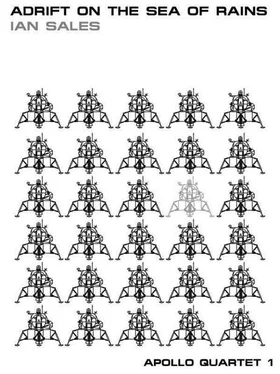
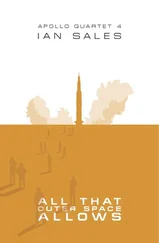
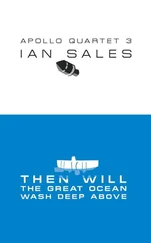
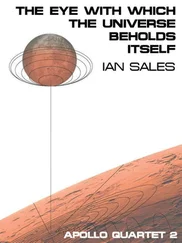
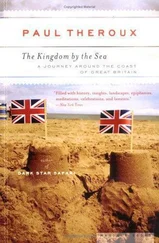

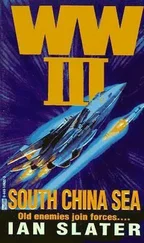
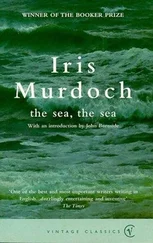



![Edward Ellis - Adrift on the Pacific - A Boys [sic] Story of the Sea and its Perils](/books/753342/edward-ellis-adrift-on-the-pacific-a-boys-sic-s-thumb.webp)
